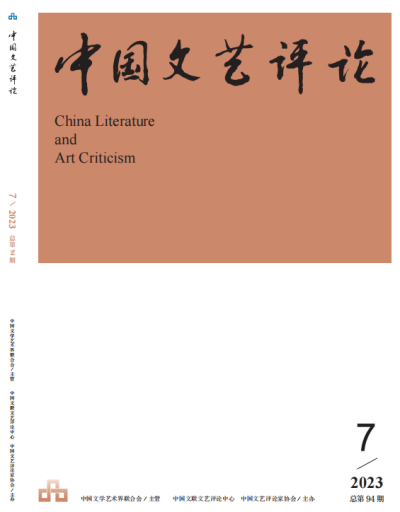
Topical Design: Methodological Exploration and Analysis in Theoretical Research
■ Three Issues in the Discipline of Art Theory(PP. 4-11)ZHOU Xian
Abstract: The development of the discipline of art theory is faced with many challenges, and some important fundamental works have not yet attracted the attention of the academic community in the past ten years. The first is the systematic construction of documentary resources as the foundation of the discipline, in which the question of what to build and how to build needs to be seriously considered. The lack of this basic resource will seriously hinder the development of the discipline. The second is the systematic sorting and defining of the core concepts (or key words), which is the basic work for the construction of the discursive system of the discipline. And the third is the compilation of a large-scale toolkit of companions as disciplinary guides, which to a certain extent shows the maturity and systematicity of the discipline.
Keywords: art theory, documentary resources, core concept, companion
■ Mutual Evidence and Elucidation: An Understanding of the Methodology of Modern Chinese Aesthetics(PP. 12-20)DU Wei
Abstract: The basic methodology of modern Chinese aesthetics starts from the needs of solving local problems in China, and borrows the concepts and methods from Western philosophy and aesthetics to elucidate China's own ideological materials, thus establishing the theory of Chinese aesthetics, activating the traditional aesthetic thought, and beginning the construction of the history of Chinese aesthetics. Therefore, the problems that this aesthetics intends to solve are contemporary in China, and the core values are also contemporary in China, not exclusively Western. Modern Chinese aesthetics was born out of the need to solve China's local problems and out of the choice of Western learning which starts from the core task of traditional Chinese culture, that is, "cultivating one's moral quality". At the same time, modern Chinese aesthetics was born without any further division within the discipline, so that Western aesthetics and Chinese aesthetics, the "history" and "theories" of aesthetics, and aesthetics and other disciplines could be combined together, thus forming a pattern of aesthetics that bridges the ancient and the modern, the Chinese and the foreign. The strong consciousness of social intervention and local problems, the organic integration of profound ideology and original scholarship, and the modern transformation of traditional aesthetics realized in the process of modern interpretation of traditional ideological materials as well as traditional literature and art are important reference values for the construction of the three major systems of Chinese aesthetics today.
Keywords: modern Chinese aesthetics, methodology, mutual evidence and elucidation
■ Technology and Free Time: Reconstruction of Marx's System of Thoughts on Literary and Art in the Age of Artificial Intelligence(PP. 21-35)LIU Fangxi
Abstract: Confined to the scope of ideological conceptualism projected by productive relations, literary and artistic theory is no longer sufficient to fully respond to the challenges of the mode of mass production of literature and art which is supported by automated machines and forged by the large models of Artificial Intelligence Generated Content such as Chat GPT. Steam engines and the like had realized the automation of machine energy, and today's AI is automating machine (computer) intelligence, triggering a second revolution in the modernization of human production processes and productivity, leading to a constant decrease in necessary labor time for material production and an increase in surplus labor time and surplus products, thus allowing more and more free time to be released from material production and fostering the increasingly rapid development of literary and artistic spiritual production. On the other hand, capital, which represents the social way of production modernization, seeks to bind more and more free time in the closed cycle of self-multiplication; yet literature and art will be free to develop by breaking the closed cycle of capital and liberating free time. In the current era of Artificial Intelligence, it is of broad and far-reaching significance to break down the disciplinary barriers, not to be limited to the scope of ideological conceptual theory, and combine the methodological category of Technology and the axiological category of free time to comprehensively reconstruct Marx's system of thoughts on literature and art.
Keywords: Technology, free time, automatic machine, axiology, Artificial Intelligence
New Observations on National Literature and Art (II)
■ Activating National Literature and Art with the Spirit of the Times(PP. 36-47)LU Taiguang
Abstract: Zeitgeist is a concept of modern historical philosophy, in the formation of which Hegel played a pivotal role, but only by closely combining the spirit with human practice did Marx give the concept a scientific quality. Once the spirit of the times becomes a concept of historical philosophy, it will have a positive impact on literature and art and become an important driving force for the development of literature and art. In this regard, Goethe, Marx and other great literary artists and thinkers have had remarkable discussions. Modern Chinese literature and art were created along with the creation of modern China. During the various periods of revolution, construction and reform, many literary artists have sensed and captured the spirit of the times and created a large number of excellent literary works. In the area of national literature and art, there has been a proliferation of outstanding literary and artistic works. In the new era of socialism with Chinese characteristics, the people's pursuit of a better life should be one of the epochal spirits worthy of attention. In order to express this Zeitgeist well, we should not only fugue the rich practice of the Chinese people's pursuit of a better life, as the literary artists of the previous generation did, but also grasp the difficulties encountered by the Chinese people in their pursuit of a better life and conduct thinking and research.
Keywords: Zeitgeist, national literature and art, nationality, good life
■ "The Romantic Sublime" and "the Flowing Nostalgia":A Study of the Aesthetic Characteristics of the Corps Literature (PP. 48-60)ZOU Zan
Abstract: The corps literature not only consciously integrates into the colorful spectrum of contemporary multi-ethnic literature in Xinjiang, but also aims to reflect the social and historical changes of the corps and the life stories of several generations of the corps people. The corps literature has achieved remarkable achievements in writing the daily life of the corps farms, reproducing the psychological adjustment of the corps people in the wave of the reform of market economy, and shaping the intergenerational images of the corps. With a noble beauty centered on the spirit of dedication, the corps literature embodies the patriotism of excellent traditional Chinese culture. In addition, the corps literature tries to break through the shackles of hero-dominant historical view, and shows how the corps people reshape the emotional structures of "hometown" and "home place" in the way of panning shots. The nostalgia throughout the literary texts is not so much attachment to "hometown" as a longing for the corps people to create a better life. These narrative texts attempt to activate historical memory of the corps in its initial stage, and provide important references to carrying forward and disseminating the corps spirit and consolidating the cultural identity of the corps for reclamation and safeguarding borders.
Keywords: the corps literature, romantic sublime, flowing nostalgia, historical memory, cultural identity
■ A Study of Ethnic Minority Literature and Its Overseas Dissemination from the Perspective of World Literature: An Interview with Professor WANG Ning (PP. 61-70)LIU Liyan
Abstract: In the context of globalization, it is in the ascendant to explore Chinese literature from the perspective of world literature. However, domestic scholars often ignore that China is a multi-ethnic country, and Chinese literature should also include the overseas dissemination of some major ethnic minority literature, which is just a shortcoming of comparative and world literature studies. This piece, in the form of an interview, expounds the profound thoughts of Professor WANG Ning, a well-known scholar at home and abroad, on the study of Chinese ethnic minority literature and its overseas dissemination in the new era. As an advocate and promoter of the concept of world literature in the Chinese context, WANG Ning, from the perspective of Chinese scholars, provides a detailed exposition on the research of ethnic minority literature, how to integrate ethnic minority literature into world literature and how to better improve its overseas dissemination.
Keywords: Chinese literature, ethnic minority literature, world literature, overseas dissemination
■ Theoretical Exploration Multimodal Interaction: Film as a Social Actor in the Age of Digital Media(PP. 71-82)SUN Chengjian
Abstract: In the current digital media era, film is regarded as a social role that contains social life and has the characteristics of intellectual initiative and interactive experience, which means placing films in the cultural context of social interaction for discussion and analysis. Moreover, in the interaction between film and society, film is actually defined as a kind of identity as a "social actor". In this context, on the one hand, it discusses how digital media and its multimodal interaction mechanism shape the social role identity of film, and the social action construction and operation mechanism of film in the theoretical perspective of multimodal interaction analysis. On the other hand, at the level of the improvement of the theoretical system, it can effectively make up for the theoretical defects and deficiencies in the theory of multimodal interaction analysis, the level of modal variables, and the impact of social text and its situational context on the social interaction behavior of film.
Keywords: digital media, social roles, multimodal interaction, social actors, mediation actions
■ On the Method of Image Criticism "Using Image to Simulate Image"(PP. 83-93)CHEN Juan
Abstract: Image Criticism is a long-standing critical method in ancient Chinese poetics, the core of which is to use image to simulate image. Using image to simulate image refers to using the form of creating critical image to express aesthetic feeling and aesthetic judgment. It is the unity of aesthetic thinking and logical thinking to use image to simulate image to connect creative activity and critical activity with image and place critical activity in the ternary structure of word-image-meaning. The image used to simulate the image is the critical image, and the critical image often has a relatively stable cultural connotation, which is connected with the literary image and can be transformed into each other. Aesthetic feeling is unique and individual, so the critical method of simulating image with image is without formula, and creativity is its fundamental characteristic. The critical method of simulating image with image is applicable to all kinds of art types and every link of art activities, and is the concentrated expression of traditional Chinese poetic wisdom.
Keywords: using image to simulate image, image criticism method, image thinking, image, word-image-meaning
Random Thoughts on Art
■ From "Independent at Thirty" to "Life Begins at Forty": On the Development of Small Theater over the Past Ten Years in the New Era(PP. 94-102)XU Jian
Abstract: How to find a dialogue between small theater and the survival experience and practical concerns of the audience in this era, and how to find the most suitable path and mutually balanced intersection in diverse creative demands such as theme expression, personality expression, exploration experiments, and commercial operations, these are not only the challenges faced by the development of small theater over the past ten years in the new era, but also the topics that need to be continuously studied for the development of small theater with Chinese characteristics. In the new era small theater need to consolidate its existing character. It is also necessary to actively adapt and be good at seeking change in the new media and audience constantly changing performance environment. It is good to coordinate the relationship between experimentation and practicality from the core aspects of creative concepts, ideas, and scripts, so as to let small theater become the foundation for aesthetic innovation and talent incubation, and let the audience feel the freshest atmosphere of the times and the most authentic expression of human nature through small theater.
Keywords: ten years of the new era, small theater, dramatic ecology, modern Chinese drama
■ "Penkong": The Rural Survival Philosophy—— On the Narrative Strategy and Power of LIU Zhenyun's Novels in the New Century(PP. 103-113)HAN Yue
Abstract: LIU Zhenyun has always been trying to talk about the core of Chinese rural culture in his literature. Since the new century, he has achieved a breakthrough in his writing by returning to traditional Chinese narrative, and also gained inspiration from the "Penkong" of Henan people, showcasing the new ecology of contemporary rural areas. The narrative structure of "Penkong" in LIU Zhenyun's novels has formed a meta-narrative feature, which combines the techniques of modern Western novels and the interests of classical literature. It is a contemporary response to the classical Chinese "noble people" ideology.
Keywords: LIU Zhenyun, Penkong, local literature, classical Chinese literature, narrative strategy
Interview with Renowned Experts
■ "The Innovation of Chinese Ballet Must Have a Foundation": An Interview with JIANG Zuhui, the Ballet Choreographer of the First Generation in New China (PP. 114-124)Interviewed by ZHANG Yanjie
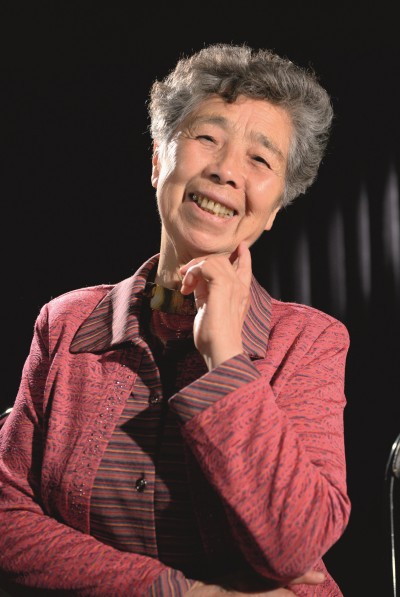
Inside Front Cover
Chinese Literary Critics: LI Shufeng
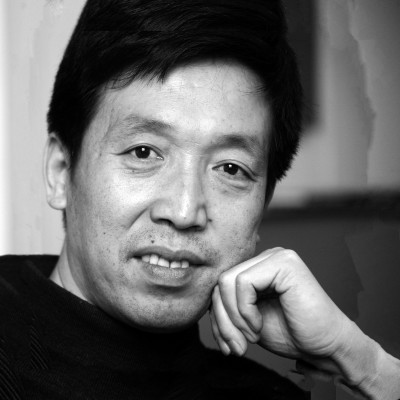
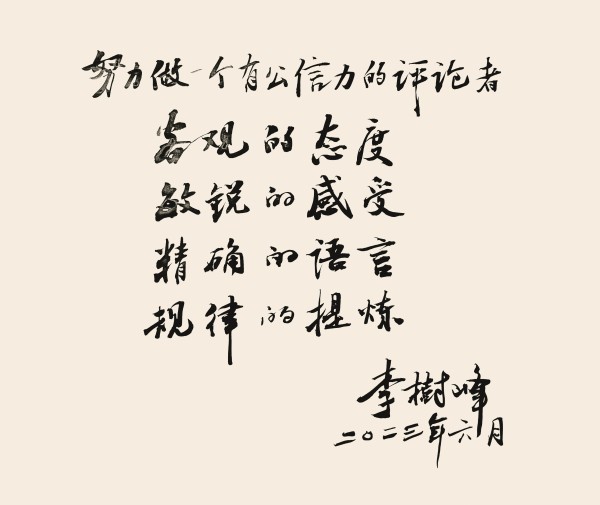
Inside Back
Cover Review of the Second Batch of the Bases of Chinese Literary and Art Criticism:China Literary and Art Criticism (Peking University) Base
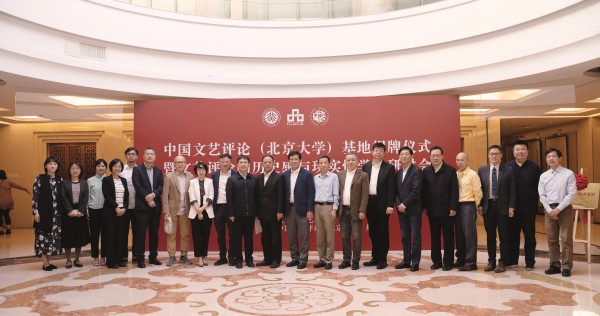
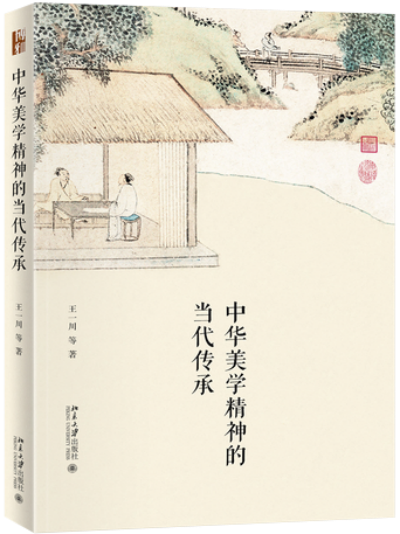
Back Cover
The Introduction to the Excellent Works in the Seventh "Woodpecker Cup" of Chinese Literature and Art Criticism:A Study of the Trends of Musical Thoughts in Modern China
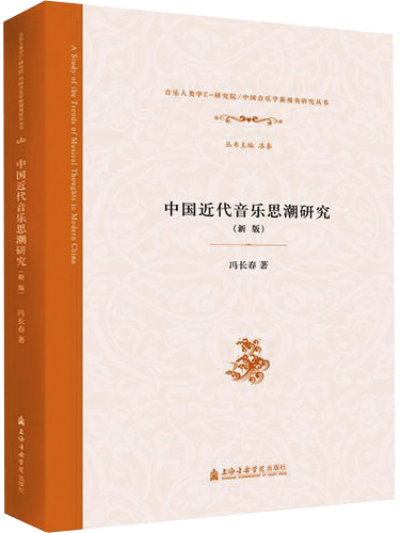
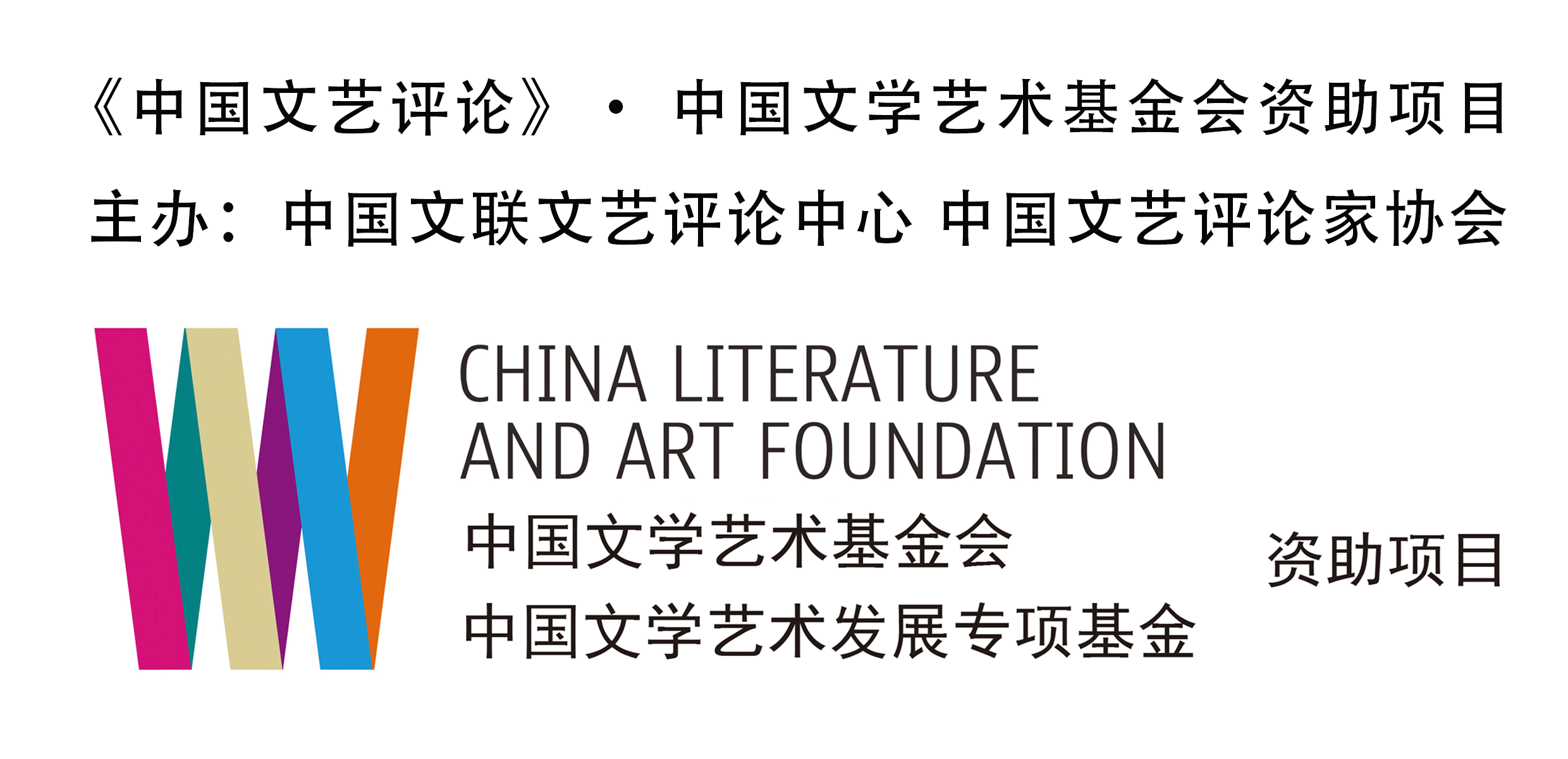

中国文艺评论网
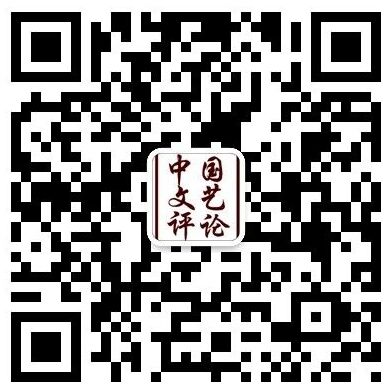
“中国文艺评论”微信公号

“中国文艺评论”视频号